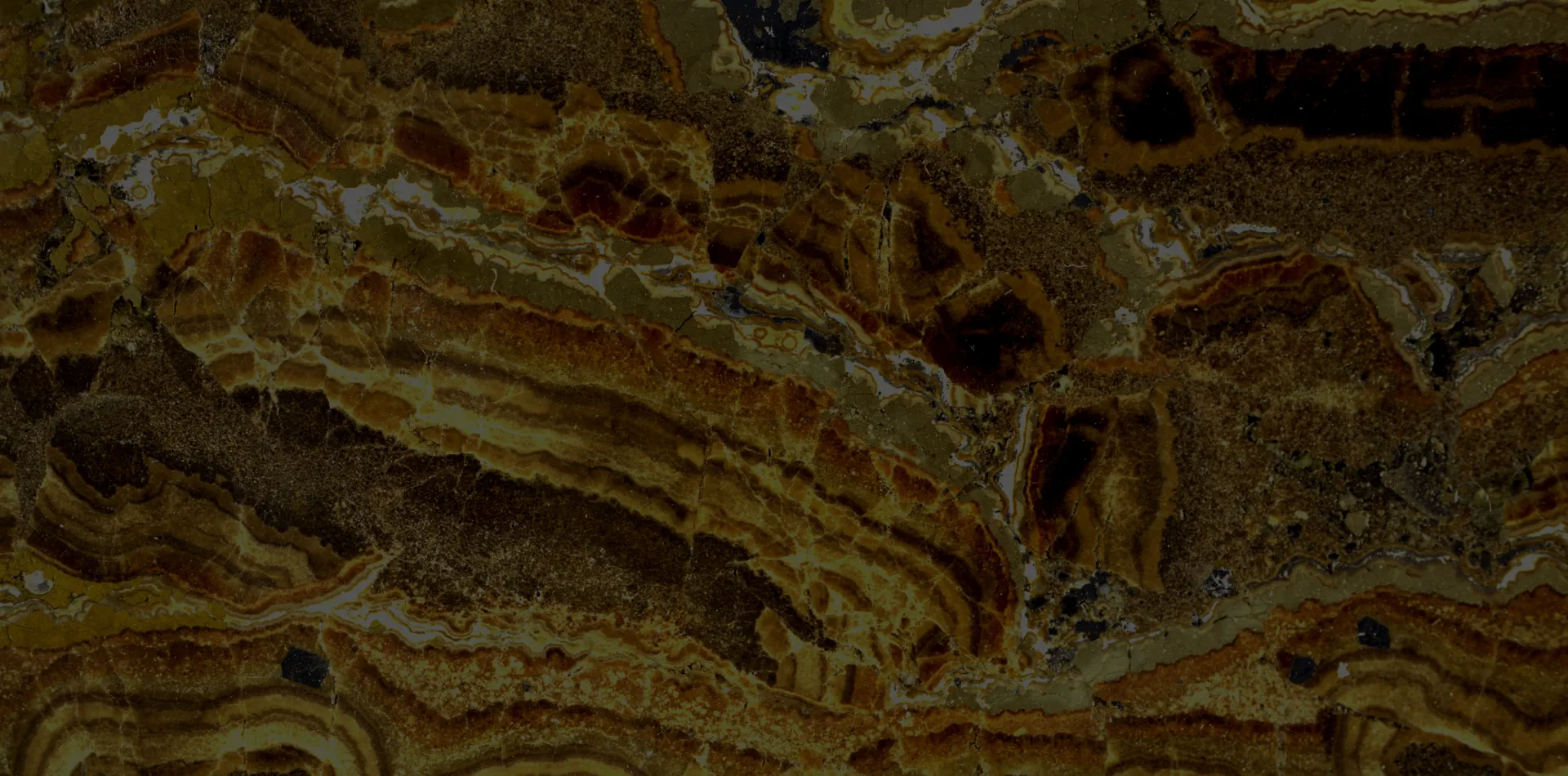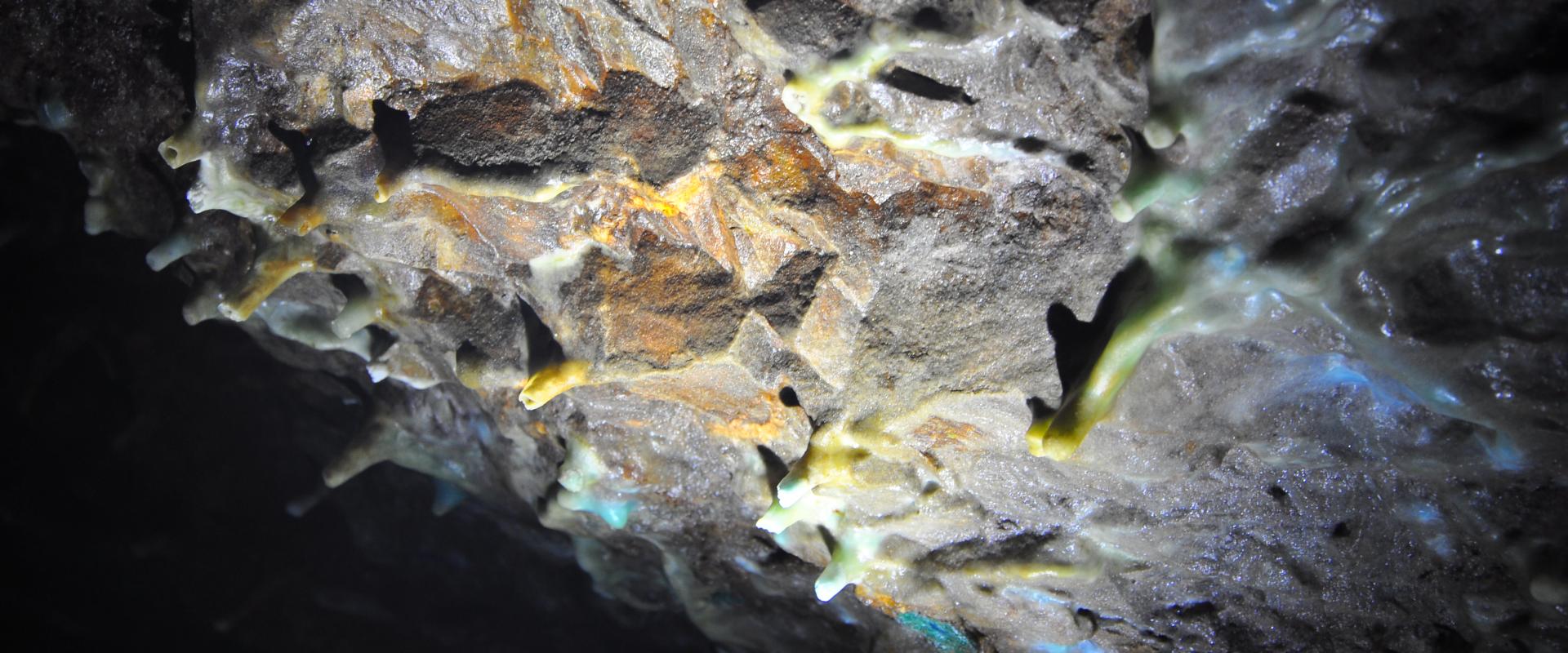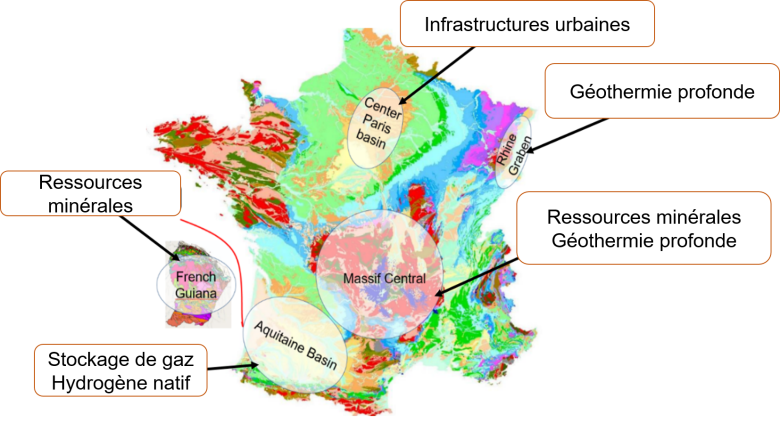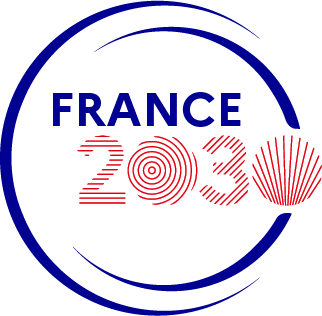A specific environment that plays a central role in addressing the challenges of the energy transition
The subsurface holds huge potential in terms of resources and uses to meet sustainable development goals and support the energy transition. It holds mineral resources that are essential for the construction of renewable energy production facilities; it is a source of low-carbon energy, such as geothermal energy; it is also a space that can be used for storing energy or CO2 and for the potential development of urban infrastructures.
Against the backdrop of growing demand for subsurface resources, and the possible risk of conflicts of use, it is essential to improve France's approach to planning and managing access to the subsurface.
A national research programme for the sustainable use of the subsurface in France
The "Subsurface: a common good" exploratory PEPR aims to assess future national demand for subsurface resources and uses, characterise the geological potential and define the conditions for its responsible and sustainable use, by improving our geological knowledge of the subsurface and addressing the economic, social, environmental and regulatory issues surrounding its use.
The research therefore covers a broad spectrum of subjects:
- Modelling future uses of the subsurface and the national demand for different resources up to 2050, according to different scenarios;
- Characterising the regional potential of the nation's subsurface;
- Identifying new exploration and mining/energy-production technologies;
- Taking account of environmental, social, economic and legal issues.
The programme also aims to promote dialogue on these issues between researchers in the fields of earth sciences, environmental sciences, social, environmental, economic and legal sciences, as well as with the general public, decision-makers and the industrial sector.
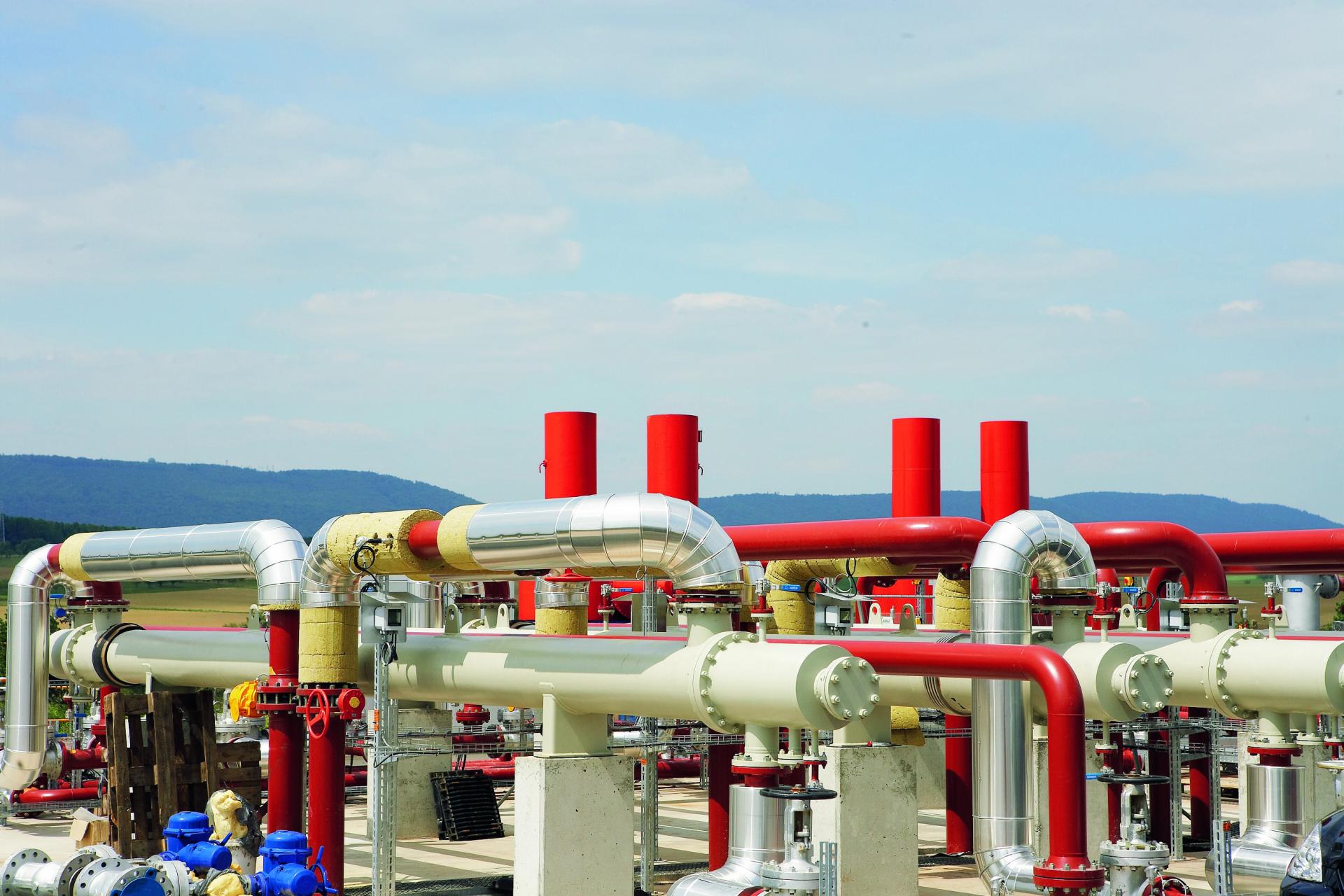
5 categories of subsurface resources and uses studied
The PEPR targets five categories of subsurface resources/uses:
- Mineral resources
- Deep geothermal resources
- CO2 and hydrogen storage
- Natural hydrogen
- Urban infrastructures
Specific issues relating to the soil in terms of agronomy and biodiversity, and to the subsoil in terms of water and waste storage, are not taken into account.
3 research areas and 8 projects on cross-cutting issues
The program is structured around three main research areas, each grouping together cross-cutting projects:
The first research area aims to quantify national demand in terms of subsurface resources/uses according to different scenarios in terms of energy consumption and the energy mix, changes in GDP, and urbanisation levels. It includes the following targeted projects:
- Anticipating the future of French subsoil use (ANTICIP)
- Dynamic modelling (DyMod)
- Technical and economic forecasting (TAEF)
The second area aims to contribute to a better assessment of existing potential and to the development of new technologies. It includes the following targeted projects:
The third area focuses on the environmental, social and legal possibilities of implementing – or not – different uses of the subsurface. It includes the following targeted projects:
5 regional worksites projects
In addition to the above projects, the program focuses on five research sites, which are directly linked to specific types of subsurface resources and uses:
- The Rhine Graben with deep geothermal potential;
- The centre of the Parisian Basin, which represents the majority of the socio-economic challenges that exist in terms of managing the urban subsurface;
- French Guiana, which has an extraordinary yet fragile ecosystem, as well as a rich but little-known subsurface;
- The Aquitaine Basin for the storage of emerging geo-resources and energy uses;
- The Massif Central, for studying the geological and social conditions under which the region is contributing to current transitions.
Governance
The program is co-supervised by CNRS and BRGM and is jointly managed by Olivier Vidal (CNRS), Pierre Nehlig (BRGM) and Xavier Arnauld de Sartre (CNRS). The co-managers draw on a multi-level governance structure to ensure the programme is implemented.
The exploratory PEPRs: structuring scientific communities within an emerging field of research
The "Subsurface: a common good" research program is one the exploratory PEPRs programs funded through the France 2030 plan. These programmes aim to build or consolidate French leadership in emerging scientific areas of national and European interest. The goal is to explore scientific fields that will hopefully yield several benefits.
On 18 July 2022, the French Ministry of Higher Education and Research (MESR) and the Secretary General for Investment (SGPI) announced that the French National Research Agency (ANR) had selected the "Subsurface: a common good" PEPR, co-supervised by BRGMand CNRS.
